Saw a question on line today about the sun drying tea.
Often a tea will be described as having the virtue of being ‘sun-dried’. It sounds very wonderful, natural and romantic – conjuring up a sense of gourmet quality in the same way that sun-dried tomatoes do. The sun is free, although unreliable, and is an energy that has been around since tea was first made but does sun drying produce a better tea compared to other forms of drying; or is it just fluffy marketing? And if it does improve quality, why is this?
First of all, it’s important to establish some basic clarity for Withering process in the tea production process:
- Not all teas are suitable for sun dried (it is a Solar Dried process also known as Daylight Withering ) approach.
- Basically the withering process is a process for oxidation. The management of oxidation process (also known as Withering Process) plays an important role to simulate for the fermentation process. The oxidation process will not be stopped completely by the Daylight Withering process, because the oxidation process can only be stopped by applying extra heat to the leaves in order to deactivate the oxidative enzymes present in tea leaves.
- Sun Dried (or Daylight Withering ) is a very traditional and yet a must technique used for (some) White Tea, Oolong, (some but not all) Black tea and Pu’erh. Withering is also an important step for green tea, but the chance to use the Daylight Withering is less; because the color of fresh leaves will get dull and greyish in the Withering process with daylight.
- Indeed sun is a free of charge energy but not reliable; and its strengths are varied in different time in a day or in season. So which tea has to go through how long in the Daylight Withering process, it depends on the timing when freshly pluck tea leaves are back to the production site and the strength of the sun; and most of all, which tea are to be produced?
- For Chinese tea, the first and utmost definition for “Quality” are
- Fresh tea leaves are hand pluck
- Each process is well and thoroughly managed
- A lot of machines are used to aid the process but can’t replace the experienced workers.
- Basically there are different drying processes in tea production processes,
- Outdoor oxidation and fermentation process, i.e. either solo or mixture of Daylight- and Shadow Withering
- Various indoor processes
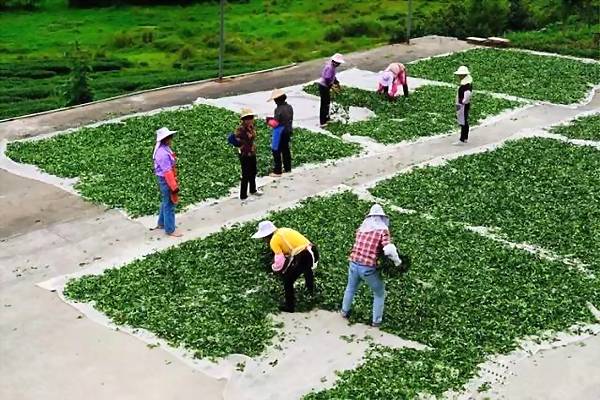
The Daylight Withering Process for Oolong Tea
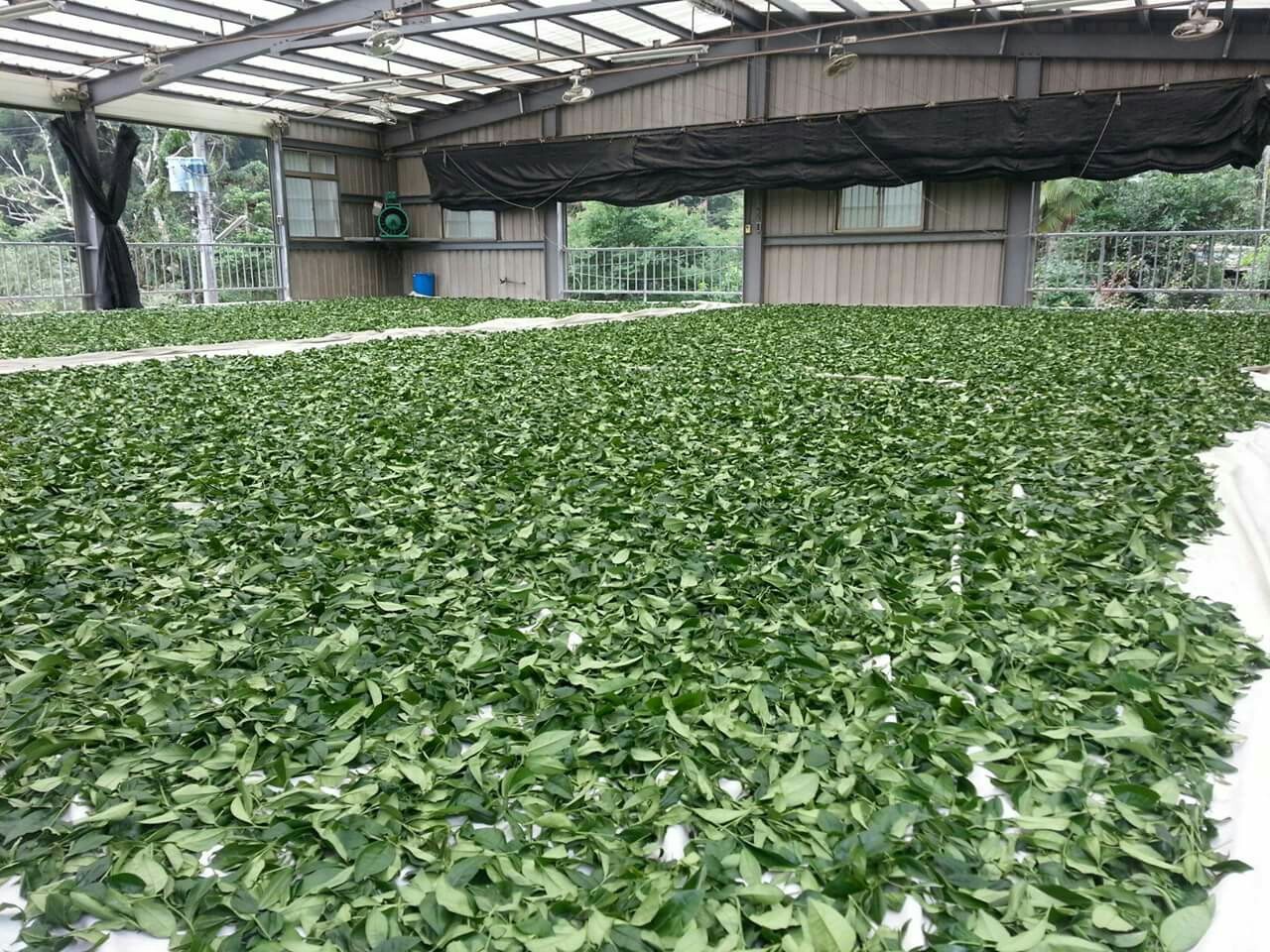
Shadow Withering
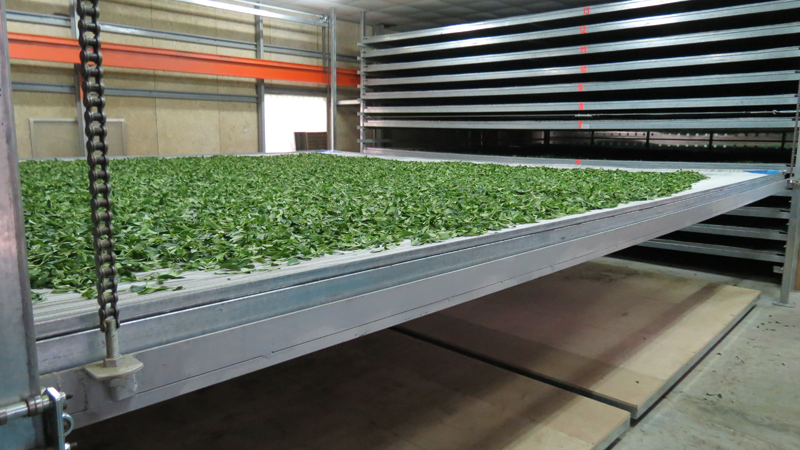
Continue withering to stimulate the fermentation in a temperature controlled environment
Learning is an endless process in life and each question opens a door to deepen the learning.
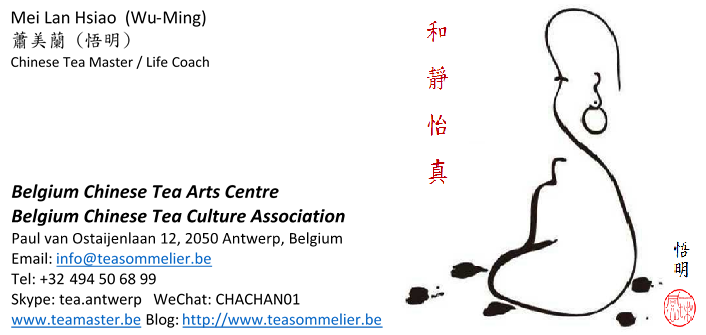
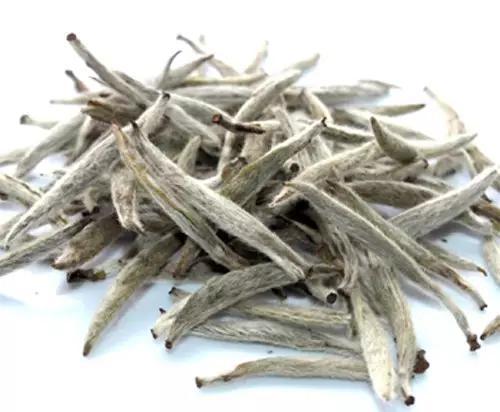
Mei Lan Hsiao
Feedback from @Geoff Hopkins:
An excellent article, thank you for sharing. Every piece of knowledge prompts a follow up question.
When the weather is not suitable for outdoor withering and had to be performed completely indoors would you expect the finished tea to vary from one that had gone through daylight withering. If so, in what ways? Or do skilled staff know how to adjust the profile of indoor withering to obtain the same end result?
Reply from Mei Lan
First of all, a responsible tea farmer won’t pick tea leaves in the raining day. When the water contain is too high in leaves, the bitter taste increases, the quality is low
For certain teas, daylight withering is a crucial step. The taste and quality are low when they try to either speed up or not sufficient with the necessary process. That’s also the reason why a good quality should be appreciated more. Even though skillful staffs can do their best to alter the process control, but little detail in taste will still reveal